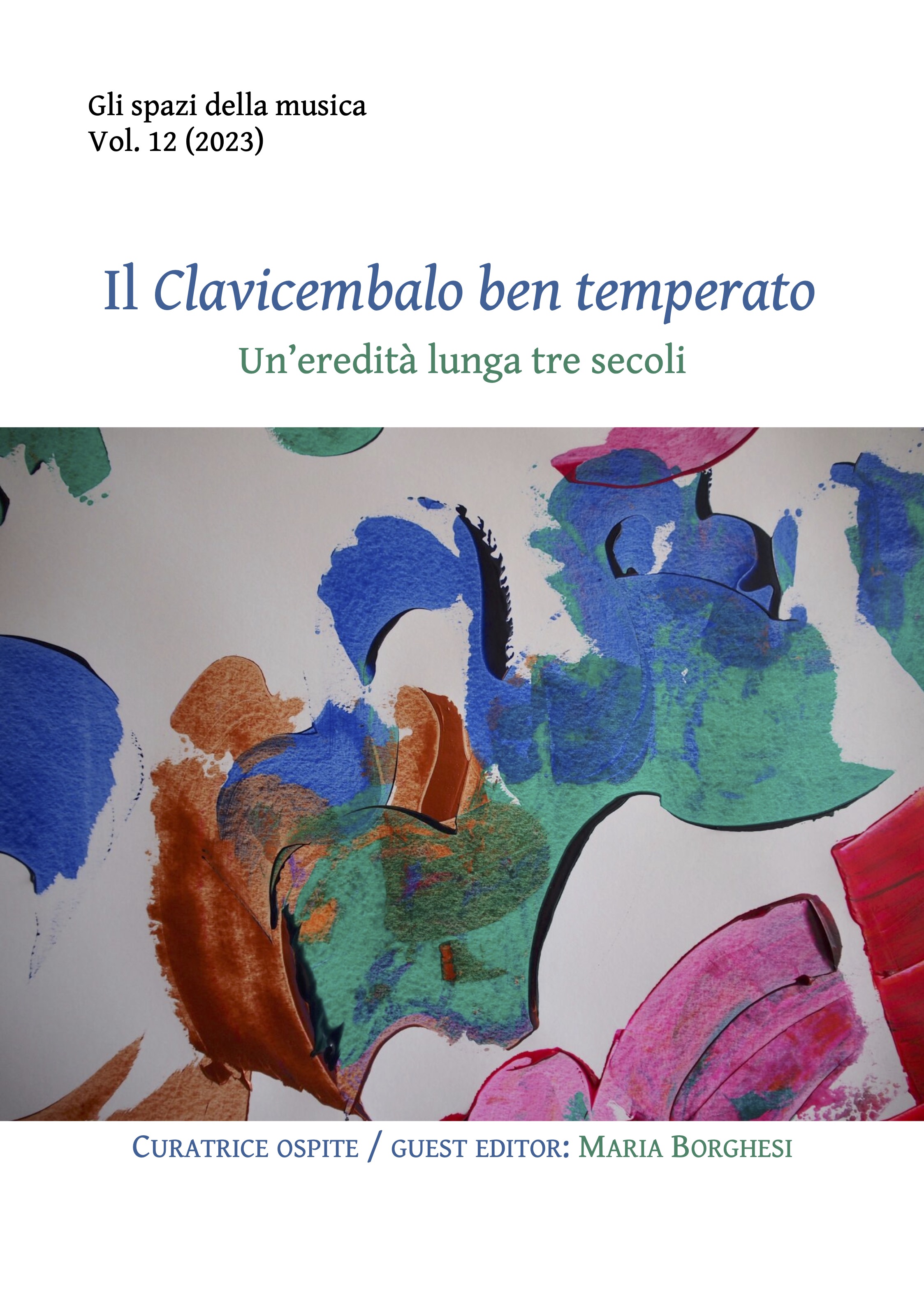Source Studies as source of inspiration: what can performers learn from Bach’s autograph manuscript of 'The Well-Tempered Clavier I'?
Abstract
This article explores J.S. Bach’s fair copy of The Well-Tempered Clavier, Book 1 (WTC I), completed in 1722 and preserved at the Staatsbibliothek zu Berlin – Preußischer Kulturbesitz. While this manuscript is often regarded as an authoritative version, scholars have established that Bach continued refining its contents over the next two decades. His revisions suggest that copying was not merely a mechanical act but an extension of his creative process — an opportunity to revisit and refine his artistic ideas. Understanding the nature of these changes provides valuable insights into his compositional thinking and offers interpretative guidance to performers seeking historically informed approaches.
Beyond the revisions, the study also considers Bach’s notational habits, which reveal aspects of his musical intentions that might not be immediately apparent. Manuscripts, as material objects, reflect not only their musical content but also the conventions, priorities, and unconscious tendencies of their creators. By examining Bach’s choices in quaver beaming, a recently proposed methodology uncovers previously overlooked aspects of his writing process, offering clues about articulation, phrasing, tempo, and even the expressive character he envisioned for each piece. These findings provide an additional layer of information for performers striving for a deeper connection with Bach’s music.
Through a systematic investigation of Bach’s revisions and notation, this article demonstrates how studying his manuscripts can bridge the gap between historical scholarship and performance practice. By engaging with the material traces of Bach’s creative decisions, musicians can access a more intimate understanding of his compositional mind, enriching their interpretations in ways that extend beyond traditional textual analysis. The implications of this research highlight the dynamic relationship between notation, performance, and evolving artistic intention, reinforcing the importance of manuscript studies in historically informed performance.
Downloads
Published
How to Cite
Issue
Section
License

This work is provided under the terms of the Creative Commons license Attribution - Noncommercial - No Derivative Works 3.0 Unported. The authors maintains all the the rights of the articles published in «Gli spazi della musica», included the publication rights.



